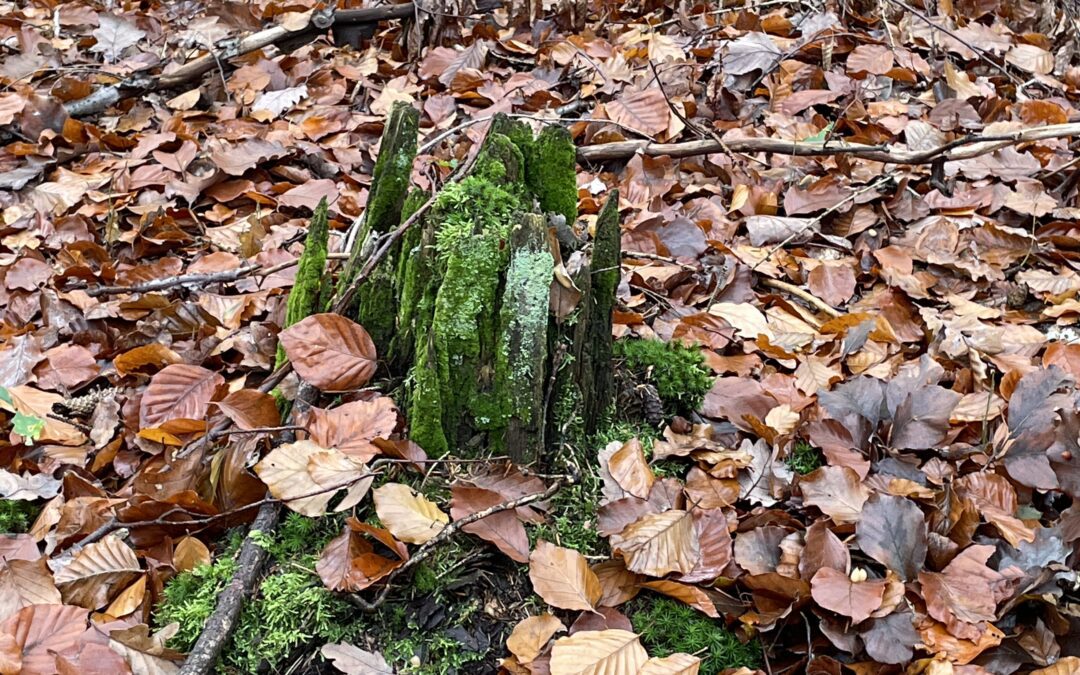February Gardening
Ewshot Gardener in association with Fleet and Church Crookham Garden Society (www.ccgsoc.org.uk)
“February, when the days of winter seem endless and no amount of wistful recollecting can bring back any air of summer.”
Shirley Jackson, “Raising Demons”
This year I will make more time to devote to my garden and vegetables – well that’s my New Year’s Resolution, easy to say now but as we all know NYR are made to be broken!
I am aiming to be a more curious gardener, so I will grow the less conventional edibles below. All are also ornamental, the first three purple/pink and two are perennials. Saying ‘I will let you know what happens in due course’ may strengthen my resolve!
We are lucky in the UK our temperate climate conditions allow for a wide variety of crops to be grown; being experimental creates a diverse and resilient plot which manages to survive whatever the coming seasons offer while livening up the supper plate.
Purple Perversion Plantain
A broadleaf hardy perennial with striking frilly-edged purple leaves, picked young give a nutty flavour eaten cooked or raw. Low maintenance thriving in well drained fertile soil, sunny or partial shade. Sow seeds in early Spring and thin to 30cms.
Rose of Venice Chicory
Pale pink heads look like giant roses, beautiful and edible for growing amongst the flowers. Like other chicories this can be cooked or eaten raw, the bitterness is slightly less which may appeal. Sow the seeds in late Spring for an Autumn harvest, thinning to 20cms apart; requires a well-drained sunny or slightly shaded area.
Do not become despondent when the shoots appear as the initial green colour turns pink as the summer gives way to cooler temperatures.
Ruby Moon Hyacinth Bean
Often grown for their ornamental value and use in flower arranging. The vibrant purple pods are edible and a traditional ingredient in curries in India. Bright lilac flowers attract pollinators making this a good companion plant. Sow seeds indoors but wait until about 4-6 weeks before the last frosts as the plants do not like to become pot bound. They need a rich well-drained soil in a sunny position and supports for climbing. Keep the soil consistently moist but avoid water logging. Pick when beans are pea sized, can be eaten cooked or dried for use later.
Chinese Mahogany or Beef and Onion Tree
Many trees have edible fruits, nuts or are tapped for sap but this one has edible leaves, tasting as the nick name suggests of beef and onion! Great for those crisp lovers….
The salmon pink red leaves turn green in summer and can be eaten raw, cooked or dried and are often used in Asian cookery.
Do not be put off by word ‘tree’ as although reaching 8-12m in 10–20 years this can be grown in a pot and replaced every few years. Purchasing as a small plant is expensive but the seeds can be sown in pots kept at temperature of 20-25C at any time of the year and planted out into sunny well drained soil once the frosts have passed. Germination is about 30 days but may take longer. Leaves are harvested May to October.
February Gardening
This has been a Winter of extremes, very strong winds and very wet weather; both of these makes plants shift in the soil, especially those without an established root system. Sometimes it is impossible to match your preparation for Mother Nature but here are a few tips to help fix storm damage before the next one strikes.
Waterlogged soil, loosen the soil and aerate it with a pitchfork or fork to allow the water to drain away, be careful not to disrupt the roots
Fallen foliage, tidying up the leaves after a storm maybe your first thought but the foliage is a good heat insulator and will protect soil from becoming frozen in the cold snaps. Instead rake leaves from paved areas and grass, without frosts, onto the flower and vegetable beds. The leaves will become mulch for the dry summer months and any bundles provide nesting sites for wild life.
Broken stems, removing snapped branches and stems from shrubs will allow a clearer view of any problems requiring attention.
Prune using the ‘4 Ds’ – dead, diseased, damaged or dying to conserve the plant’s energy reserves. Once cut the inside flesh should be white indicating a healthy stem. If not, cut again until healthy stem is exposed. New cuts are susceptible to rot and disease, some gardeners seal the wound with a use a pruning sealant but there is some contention about the need for this.
Remove weeds, a benefit of the wind and rain is to leave the soil soft, weeding after a storm is the perfect time to remove weed root systems in their entirety. This avoids the use of chemicals and negatively affecting the soil diversity. Hand weeding, by holding the weed from the stem, pulling and twisting gently removes the whole plant from the root system. After weeding a mulch layer or bark chippings helps retain moisture and nutrients in the soil and also keeps light out so helping to suppress future weed growth.
Flowers and shrubs
Re-firm the soil around the base of any tree, scrub or climber planted within the last 18 months or so, see above for reasons.
Sow, most half-hardy and hardy annuals and some perennials (e.g. echinaceas, dianthus and verbena) can be started now for a head start such as sweet peas,
Prune winter-flowering shrubs e.g. wisteria, that have finished flowering; ornamental vines, as some are prone to ‘bleeding’ or ooze sap if pruned later; perennials and grasses
Bulbs, I am whispering this but if you own any unplanted spring bulbs, do NOT feel bad; OK, according to the packet, books and dire hard gardeners this is too late but just plant them NOW, provided the soil is not frozen or water logged. Your display will be later and less showy and next year will be back on schedule. Just do not tell anyone I said so…..
Rough Grass and meadow areas
We will continue to experience frosts for some weeks so it is best to avoid walking on grassed areas where possible to prevent damage to the brittle grass blades and possible infection.
When bulb foliage begins to appear in an area where people walk or children play mark out the positions with canes to prevent damage. Once the foliage is more prominent these can be removed.
Fruit and Vegetables
Fruit trees
Complete pruning of fruit trees with pips, such as apples and pears, by end of this month. Remember that stone fruit trees such as plums, gages, cherries are not pruned in the winter, that is a job for the summer.
Vegetables
A heated propagator will allow for early sowing of some vegetables such as sweet and chilli peppers, aubergines and green house tomatoes. Growing in cells makes for less root disturbance when moving the seedlings on.
Chitting early potatoes, simply means allowing seed potatoes to start sprouting before you plant them. Not essential, but worthwhile with early varieties for a head start and supposedly a higher yield. Stand in egg boxes or seed trays with the buds (eyes) facing uppermost. Place in a bright, frost-free location for 4-6 weeks until the sprouts are about 5cm or 2in long. There is no advantage in chitting main crop as they grow over a longer time period.
The Garden Society Trading Shed, Memorial Hall Sandy Lane.
Open on Saturdays 10am to 11.30am selling garden sundries to members.
Reopens Saturday 8th February
Membership is £5.
Dobies offers members 50% discount on seeds and 15% discount on other live products.
Facebook: Church Crookham and Fleet Gardening Society

